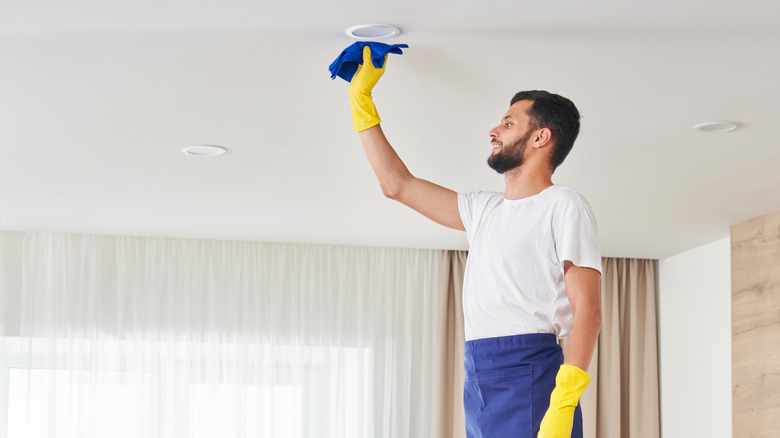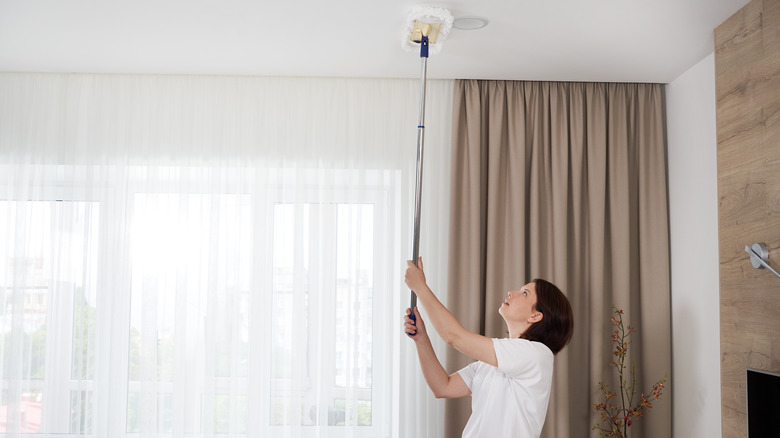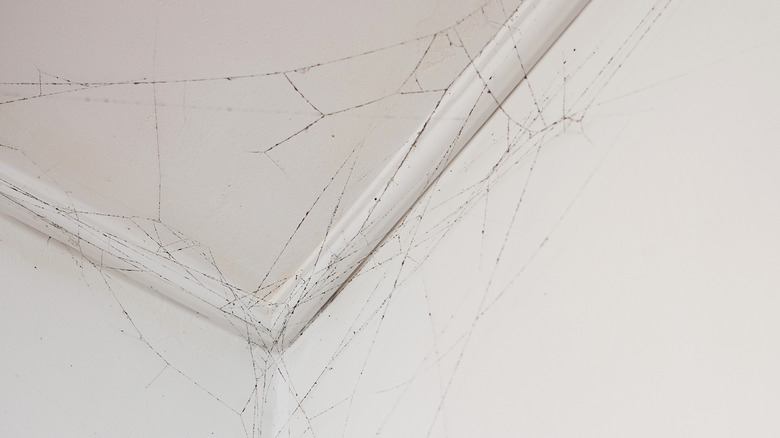How Often Should You Clean Your Ceiling? Probably Not As Often As You Think
Your ceilings are an integral component of your house's very foundation, and just like every other surface around your home, you should strive to keep them clean. Although dirt may not be noticeable from the ground, oil from cooking, debris from above-ground air vents, and dust from everyday routines can just as easily end up here as anywhere else. Keeping these areas dirt- and dust-free is important to ensuring your family's safety and making a strong impression on visitors. But how often do ceilings need to be cleaned in order to keep them looking spiffy? The frequency with which you should clean your ceilings depends on many personal variables, including the smoking habits of your home's residents and the humidity of the region you live in. Those with roommates or family members who smoke or have a dust allergy, for example, should have their ceilings cleaned often, preferably once a month. However, those with no smoking history, allergies, or issues with humidity may be able to get away with cleaning one to three times each year instead.
Cleaning your ceiling doesn't need to be complicated. A few quick swipes with a feather duster may be enough to get rid of visible residue, but that's not the only way to go about this important chore.
How to clean your ceilings
There are many ways to effectively clean a ceiling, although some methods are more thorough than others. If you're only aiming for a light dusting, grab a duster with a long or extendable handle and whisk away any accumulated dust while standing on the floor or using a step stool. Alternatively, you could vacuum your ceilings using a brush attachment that's long enough to reach from the ground, going over cobwebs and any other pieces of debris that may have built up over time. For a more comprehensive clean, try washing your ceilings by mixing water and a few drops of dish soap into a bucket and using a soft microfiber cloth on a high-reach cleaning pole to dab away any stains. This is a particularly good technique when you're cleaning hard-to-reach ceilings. Magic eraser products and all-purpose cleaners should also do the trick. If you have a ladder tall enough to position yourself an arm's length away from your ceilings, you can also pour some of your cleaning liquid into a spray bottle for easy access while elevated. However, refrain from using too much water and solutions when cleaning popcorn and other textured ceilings, as excessive amounts of liquid could permanently damage the surface.
And in some situations, cleaning your ceilings can create a bigger mess than the one you started with. Before using liquid cleaning products on your ceilings, you should always start with dusting. This prevents dust and dirt from smearing to form dark smudge marks that can be a pain to wipe off later on.
Downsides of not cleaning your ceilings
We all fall behind in our cleaning routines every now and then or forget to tidy up the areas of the home we don't use or see as often. Ceilings only need to be cleaned a few times a year in most cases, but what are the repercussions of never cleaning them? Allergy sufferers would almost certainly find the toxic environment a nightmare, but even those who don't experience allergies regularly would likely be affected by the accumulated dust. If left untouched for long enough, this dirt and debris can create an unhealthy home for those living inside, drastically reducing the quality of air circulating around the house. When inhaled, dust can contribute to respiratory distress, especially for those already allergic. Such symptoms include, but aren't limited to, coughing, sneezing, wheezing, and flareups of pre-existing asthma and eczema, per the American College of Allergy, Asthma & Immunology.
And in more extreme cases, intense dust buildup can impact the efficiency of your home's installed appliances. Ceiling fans, for example, might not be able to operate properly if coated with layers of house dust that's been collecting over the span of several years.


